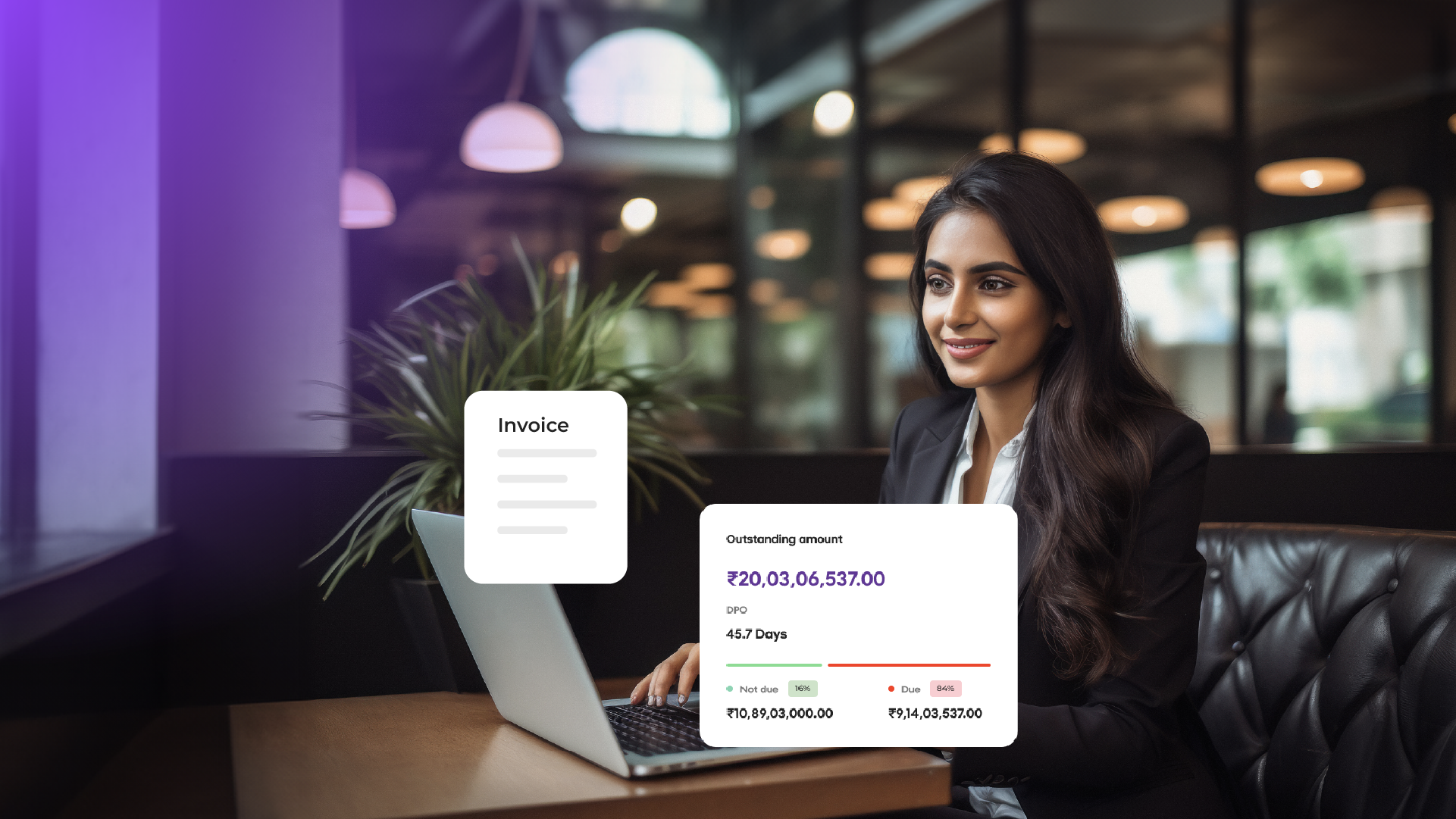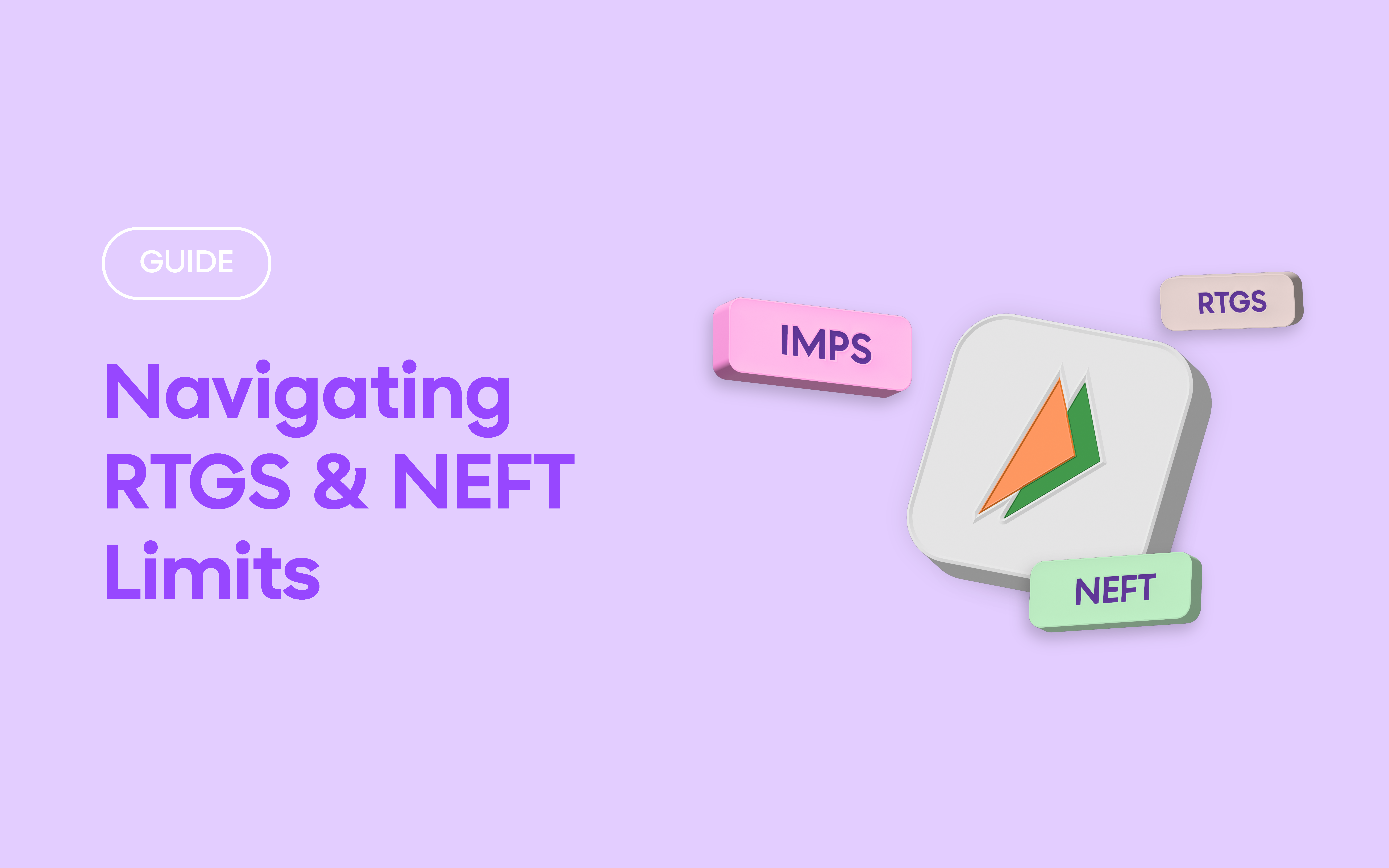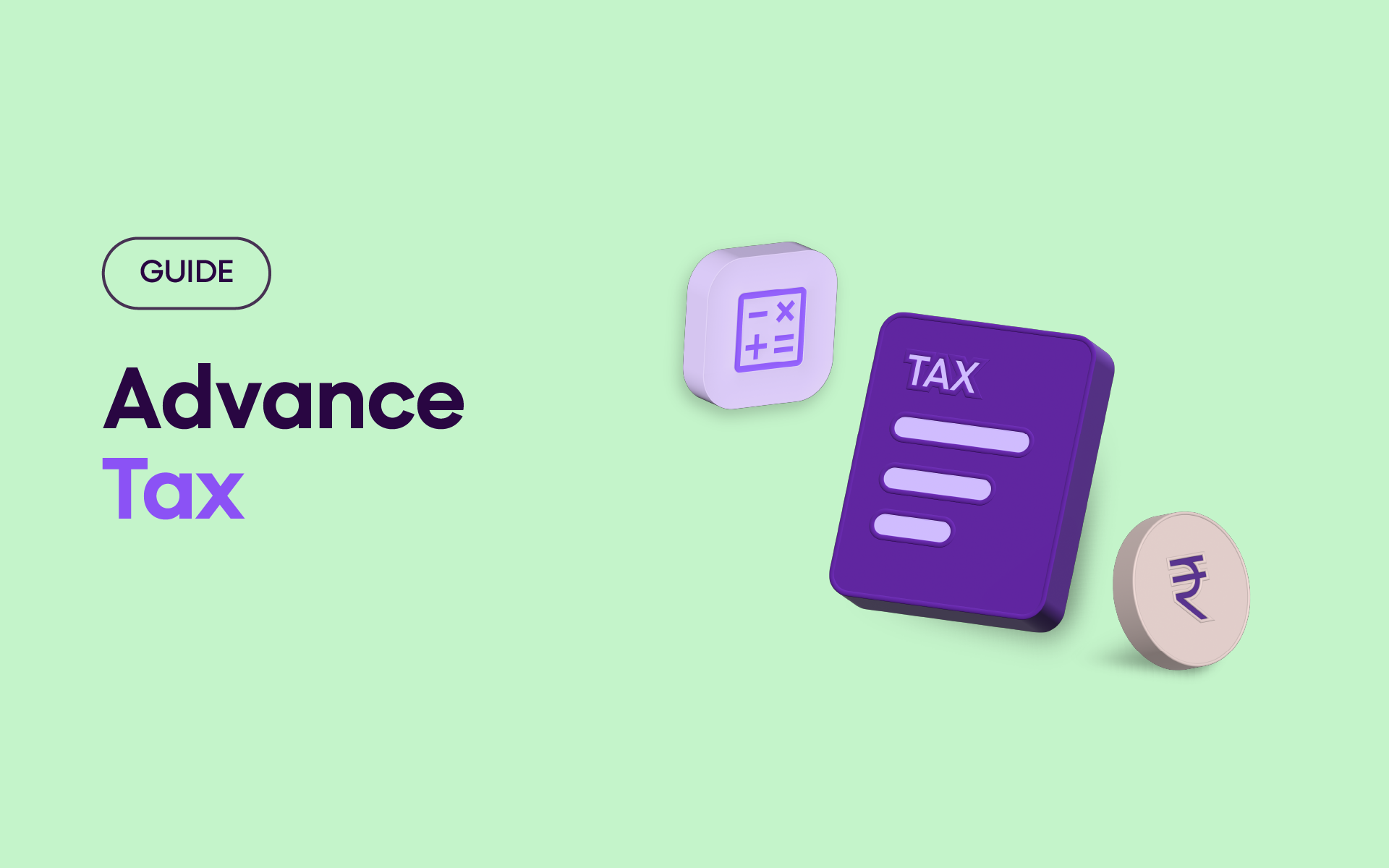The finance and accounting (F&A) world is ripe for automation. The department, characterized mainly by standardized, transactional procedures, makes it a prime candidate for technology to streamline its operations. Although various types of automation have particular strengths, P2P automation can be deemed one of the foremost critical and impactful targets for the finance world.
This is because the P2P process is often characterized by a series of highly repetitive, manual tasks. Complex transactions involving several vendors have to be managed besides invoice processing, obtaining approvals, and maintaining proper cash flow. In addition to the above, keeping vendor relationships positive is also important. As a result, procure-to-pay automation solutions are increasingly seen as the answer to this inherent inefficiency.
By implementing invoice automation processes, businesses can convert what has traditionally been a difficult task into an efficient cost-saving center.
The Pitfalls of Manual Invoice Processing in Modern Procurement
The traditional invoicing process is time-consuming and involves a lot of manual paperwork. This way, it is prone to mistakes caused by wrong data entry, lost invoices, and even the human error factor comes in.
Suppliers can easily strain their relationships with an organization because of delays in invoice processing that attract overdue fines or forfeit discounts otherwise received if paid early. This can be a big issue in modern businesses where supplier relations are paramount.
Additionally, as businesses grow, they encounter overwhelming invoice volumes that cannot be managed using manual systems. This results in payment delays and spending patterns that are not well-tracked, preventing effective decision-making.
Invoice Automation: How it Can Transform
Invoice automation is a profound answer to the various problems that come with the manual Procure to Pay process in today’s organizations. There are huge savings that companies can make by automating certain repetitive tasks:
- Automated Invoice Capture and Data Extraction: This involves automatically capturing invoice details from emails, supplier web portals, or EDI (electronic data interchange) services, thereby eliminating errors that would have otherwise occurred through manual inputting.
- Smart Invoice Matching and Validation: Three-way matching in accounts payable is made easy through the automatic comparison of receipted invoices with purchase orders and goods received notes. This reduces the number of steps for manual verification and ensures precision.
- Configurable Approval Workflows and Exception Handling: With pre-set rules and thresholds, you can define approval workflows. Automatic routing ensures prompt approvals, while exception handling indicates deviations for immediate remedy.
- Real-Time Spend Visibility and Analytics: It gives an instant understanding of how money is spent across an organization. Using analytics, identify ways of saving costs and optimizing supplier interactions.
Key Benefits of Invoice Automation for Procurement and Finance Teams
Here are some key benefits that invoice automation offers in the Accounts payable process:
- Lower Processing Times and Costs: Replace manual data entry with automation to make invoice processing much quicker. This will save time and resources for the procurement and finance teams. Moreover, this is a key benefit as a study by Quadient reflects that about 45% of finance executives believe reducing invoice processing costs is a top AP concern.
- Better Accuracy and Compliance: 45% of AP teams believe that their top challenge is facing a high number of exceptions. Invoice automation can help eliminate this. Automatically extract data from documents to reduce errors and ensure compliance with internal controls, rules, and regulations.
- Better Supplier Collaboration and Satisfaction: Invoice automation is known to improve vendor relationships because of a smooth overall process and faster payment cycle.
- Increasing Early Payment Discount Capture: Find out when payments are due using vendor dashboards in your automation software. Then, use early payment discounts offered by suppliers to improve your bottom line.
Best Practices for Selecting and Implementing an Invoice Automation Solution
To make an ideal P2P process for invoice automation, you must choose a plan and implement it strategically. The following are some of the exercises that will show you how:
- Know Your Needs:
Begin by analyzing your current P2P workflow. Spot areas with manual interfacing, bottlenecks, and error-prone steps. Secondly, set objectives that you want to achieve using automation. Do you want long processing times eliminated, better accuracy, or capture first-payment discounts only? Lastly, know what procuring and finance specifically require.
- Evaluate Solutions:
Find invoice automation solutions with those features to satisfy your goals. Ensure there is a smooth integration with existing ERP and accounting systems. Think of scalability for business growth in future periods. Finally, security needs to be appropriately ensured while complying with relevant data protection legislation.
- Smooth Integration:
Several vendors should be put through a trial and error procedure to assess them on best-fit case scenarios based on the user requirement viewpoint before selecting them for the process. Moreover, it has to be ensured that all invoices are completely accurate and formatted before they can be migrated into another system.
Finally, the members of the AP team should be trained and then carry out a pilot program so as to identify some of the challenges that may have been skipped in stage one.
- Continual Optimization:
Regularly monitor vital factors such as processing time and degree of accuracy. Ascertain from the available data on the solution if there is any other area where optimization is necessary with respect to changing how workflows are executed.
Encourage suppliers to use e-invoicing or develop portals capable of linking with procurement automation software in order to achieve straight-through procurement processes.
Case Studies on P-to-P Excellence Through Invoice Automation
- WeWork Saved Thousands of Dollars Using Invoice Automation
WeWork, with its vast global reach, was swamped with invoices—more than 1 million per year! This could have meant financial troubles because manual processing of invoices would entail a cost of $20-$24 for every invoice.
This is where Invoice automation comes in. The P2P process within the company was streamlined, and three-way matching in accounts payable and consolidation was automated with impressive results. This helped them reduce the number of invoices processed to only 3,000 per month, thus saving both time and money.
- Multiple Benefits Resulting From Invoice Automation at Elliott Physical Therapy
Elliott Physical Therapy had to struggle when it came to six locations’ supplies management using a slow manual ordering and invoicing approach. How did they solve them? Automation! It also facilitated centralized buying and automated payments and enabled expense insights. Some of the benefits of invoice automation were:
- A single system paid 74 vendors.
- All the numerous invoices became one simple payment: 165+ consolidated invoices.
- The product price decreased by 5%.
Conclusion
Companies must streamline their processes and optimize their efficiency to succeed in today’s competitive business world. Invoice automation can be a great option for businesses that want to overhaul their P2P operations.
By automating tedious tasks, improving accuracy, and gaining real-time insights into spending, businesses can unlock significant potential for cost savings, improved supplier relationships, and overall financial health.
By embracing invoice automation and its transformative capabilities, businesses can unlock a path to P2P process excellence and achieve lasting competitive advantages.





